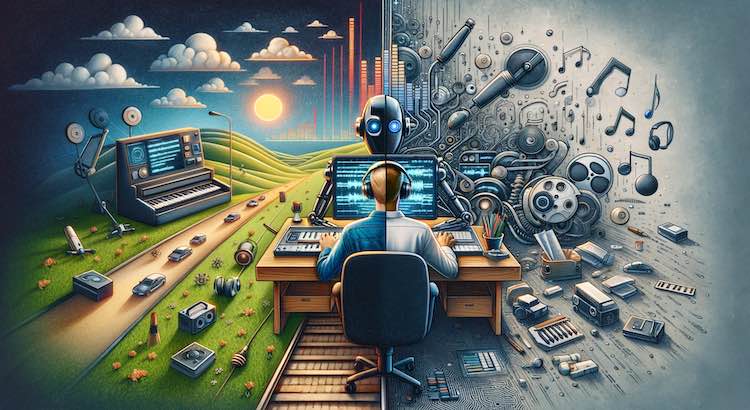Automated vs. Human Transcription Services: Which Is Best for Media Production?
Media production teams rely on accurate transcriptions of audio and video content. The right transcript supports accessibility, legal compliance, and speeds up editing. Today, both automated transcription and human-based transcription services are common. Each approach has benefits and drawbacks for accuracy, cost, and workflow.
Understanding Automated Transcription Services
Automated transcription uses advanced software and AI to turn spoken words into written text. The technology has improved rapidly in recent years, allowing quick and affordable solutions for media professionals.
- Delivers near-instant results for well-recorded, clear audio
- Uses machine learning to transcribe diverse speakers (but may miss nuances)
- Best suited for projects needing fast turnaround and large-scale transcription
According to a 2023 study, automated transcription tools achieve about 80-90% accuracy with clear audio and minimal background noise.
How Human Transcription Services Work
Human transcription relies on trained professionals listening and converting speech into text. These experts catch details, context, and speakers’ intent better than AI.
- Skilled at recognizing accents, slang, and technical terms
- Can handle overlapping speakers and poor audio quality
- Often essential for high-stakes or sensitive material
Research shows human transcribers regularly exceed 99% accuracy, even with difficult or specialized content (2022).
Comparing Accuracy: Machines vs. Humans
Automated Transcription Accuracy
- Excels in environments with little background noise
- Falls short when multiple people speak at once
- Struggles with strong regional accents and industry jargon
Human Transcription Accuracy
- Recognizes context, speaker intent, and complex vocabulary
- Maintains quality even with overlapping dialogue or heavy accents
- Ensures nuanced understanding critical to legal, medical, or creative industries
Cost Considerations
Budget is always an essential factor in media projects. Here’s how transcription services compare:
Automated Transcription Cost
- Much cheaper per minute than manual transcription (as low as $0.10/minute, 2024)
- Ideal for large batches of non-critical content
- Many providers offer subscription plans for ongoing needs
Human Transcription Cost
- More expensive due to expert labor—costs range widely based on complexity
- Justified by higher accuracy and attention to detail
- Reduces the risk and extra costs of post-transcription editing
- Clear and transparent transcription pricing available here
Application in Media Production
Both transcription services play a crucial role throughout the media workflow:
When to Use Automated Transcription
- Generating rough drafts and searchable archives
- Transcribing internal meetings and brainstorming sessions
- Supporting real-time closed captioning at live events, with minor compromises on accuracy
When Human Transcription Matters
- Legal compliance (e.g., court proceedings, broadcast standards)
- Subtitling for documentaries and interviews—see Subtitling services
- Projects in non-mainstream languages or with complex technical vocabulary
- Sensitive, confidential, or high-profile content where mistakes would be costly
Other Media Applications
- Text translation services for multi-language distribution
- Audio translation for international reach
- Affordable captioning services pricing to fit most budgets
Choosing the Right Approach: Hybrid Models
Many media companies combine both methods for the best of both worlds. Here’s why a hybrid approach works:
- Start with automated transcription for speed and affordability
- Add a layer of human proofreading for final accuracy
- Improve efficiency without sacrificing quality
- Order and manage separate steps easily: Order transcription or order captions online
A 2023 industry survey found that over 60% of media teams use automation for drafts, then rely on humans for the last pass to ensure perfection.
Conclusion
Both automated and human transcription services are vital in today’s media landscape. Automated technology brings speed and lower costs, making it ideal for bulk needs or quick turnarounds. Meanwhile, human transcription offers unmatched accuracy, clear context, and reliability where every word counts.
Most media producers benefit from a mix of automation and expert review, balancing budgets and deadlines. Thoughtful selection between these options improves your workflow and content quality.
For teams seeking reliable, flexible solutions, GoTranscript offers accurate automated and human transcription, as well as advanced captioning, translation, and AI subscription services. Choose the solution that fits your project and ensure your content is accessible, searchable, and ready for global audiences.



















 Verified Order
Verified Order